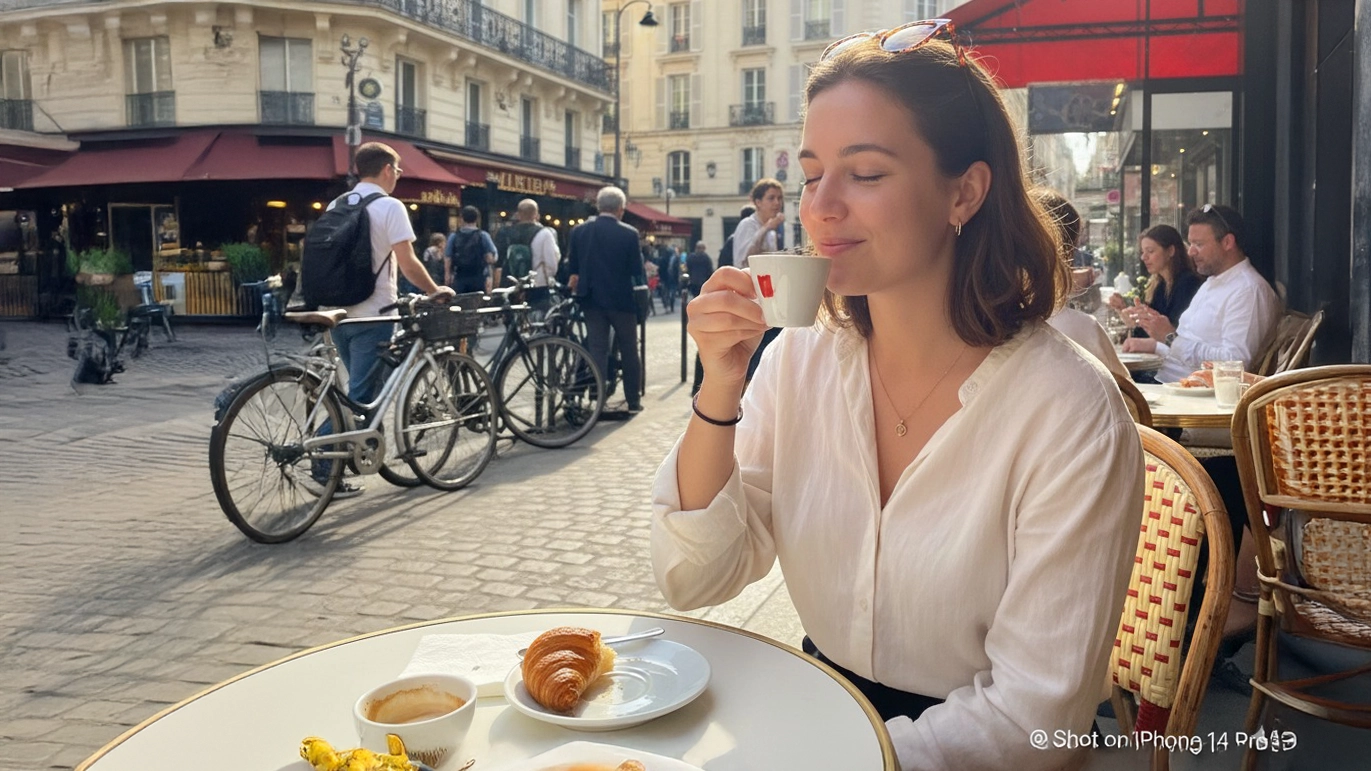How Dating Apps Detect AI-Generated Profile Pictures and Crush Romance Scams
Sep 8, 2025
- Team VAARHAFT

(AI generated)
When investigators stormed a condominium in Makati City on 4 February 2025, they expected laptops full of stolen identities. Instead, they found a production line for real-time face-swapping software and rows of operators running thousands of synthetic dating profiles (GMA Network). The raid ended with 169 arrests, but it underscored a new reality: artificial intelligence is no longer just writing flirty openers, it is manufacturing entire personas that lure victims into investment or pig-butchering fraud at industrial scale.
Public concern is rising too. A February 2025 UK survey revealed that 19 percent of singles have already been duped by deepfakes, while 81 percent believe dating apps are not doing enough to filter manipulated images (Sumsub). Meanwhile, the FBI reports that internet-crime losses hit 16 billion dollars in 2024, with romance-enabled cryptocurrency schemes singled out as a primary driver.
Why traditional defences fail
Most dating apps still rely on manual review, community flags and basic hashing or EXIF analysis. Those controls were never built for synthetic imagery. AI-generated avatars contain no tell-tale cloning artefacts, and metadata can be stripped or spoofed in seconds. Even video selfies can be gamed; publicly available tools can map a generated face onto a live webcam feed, complete with eye blinks and head turns, fooling naive liveness checks. At the same time, trust and safety teams must keep onboarding friction low because users abandon lengthy verification flows. The challenge is therefore precision: flagging only the manipulated or generated images that pose real risk while giving genuine users a seamless experience.
A modern detection stack
- Automated image authenticity checks. Forensic models score each photo for signs of generation or manipulation, extracting provenance data when available and highlighting pixel-level inconsistencies for analysts.
- Cross-image intelligence. Reverse-image search and perceptual fingerprints reveal stock or reused avatars across multiple accounts, blocking repeat offenders.
- Behavioural and contextual signals. Image scores combine with device fingerprints, signup velocity and conversation patterns to create a holistic risk score.
- Progressive verification. When risk crosses a threshold, users complete a short live capture that anchors a cryptographically signed reference image and closes the detection loop.
Even the best model is only half the solution; users need a visible signal that profiles have passed authenticity checks. Trust teams start by running image-forensics models in silent mode to calibrate thresholds, then introduce step-up liveness for the small percentage of signups flagged as high risk. Once confidence stabilises, verified profiles receive a badge that boosts message response rates and retention. Platforms following this maturity curve report dramatic reductions in manipulated images entering production and a parallel drop in moderator workload.
Regulation and what comes next
Legislators are moving quickly. The US TAKE IT DOWN Act for example will require social and dating platforms to provide clear mechanisms for flagging and removing impersonation deepfakes (see Skadden). Europe is finalising delegated acts under the AI Act that mandate transparency for synthetic media. Looking ahead, three trends will shape roadmaps: automated payment funnels that remove traceability, large-scale “deepfake as a service” vendors renting pre-validated profiles, and the convergence of document and image verification for premium features.
Detecting AI-generated profile pictures is no longer optional. Intelligent image authenticity checks, combined with progressive verification and industry collaboration, offer a scalable path to safer swipes.
.png)